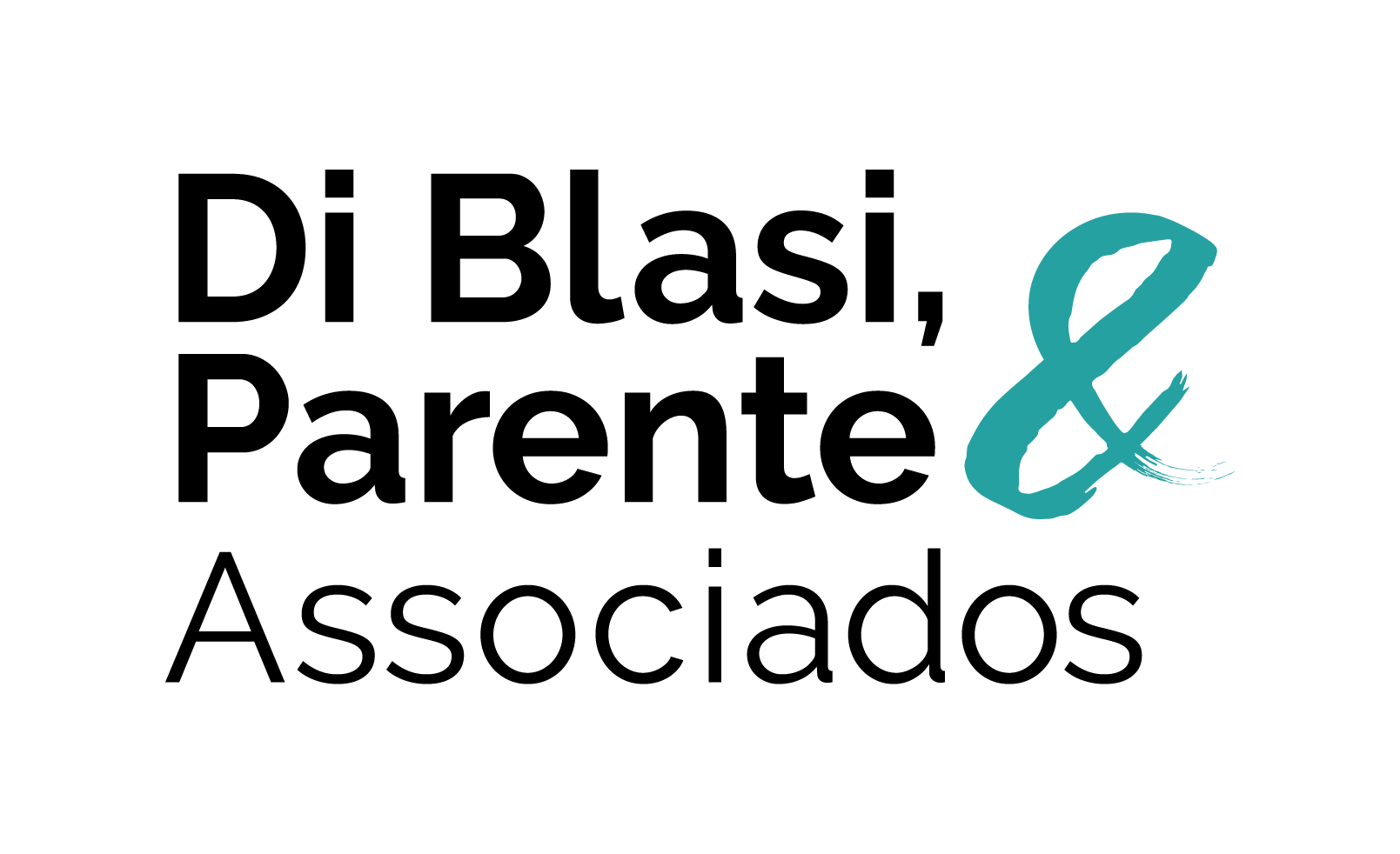DESIGNERS WILL CREATE SELF-REGULATION TO PUNISH COPIES OF PRODUCTS
Imagine how it feels a woman who spends a small fortune on a dress to go to a party and arriving at the scene, sees another guest with a similar outfit. Now, imagine a company that invests in their team to develop an original piece and a few weeks later, see another brand like putting a product on the market.
IN THE U.S., LOUBOUTIN WENT TO COURT AGAINST SAINT LAURENT ALLEGING PLAGIARISM
The first situation is inevitable, but the second, being up to a group of lawyers, private companies, designers and investors in the sector, will be increasingly less likely in Brazil.
Discussions are in progress to establish a self-regulatory body of fashion, in a manner similar to Conar (National Council for Advertising Self-Regulation), to assess how far companies can go in the process of development of its parts.
By Art Editors/”FolhaPress”
WHAT TO WEAR?
Fashion sector sales more than double in six years.
Revenue of the fashion and clothing industry in the country (in R$ billions)
The first step is to create in the beginning of 2013, the Brazil Fashion Law Institute, a group that intends to disseminate the legal issues relating to fashion, by creating courses and classes related to the subject in law schools.
André Mendes Espírito Santo, attorney-at-law at the firm L.O. Baptista Schmidt Valois Miranda Ferreira Angel, is one of the organizers of the project.
He explains that what’s been concerning the sector, either among small stylists or consolidated brands, is the unfair competition resulting from copying the products. The copy is different of the piracy, which is when a piece of clothing that was not produced by a brand is sold as if it were.
“We want to prevent the designer of a particular brand, who attended a fashion show at Sao Paulo Fashion Week, from promoting in the following week products with elements of his competitor on his design. That’s what we are discussing: until where the inspiration goes and when the copy starts”, says the lawyer.
SUPPORT
The initiative is supported by designers like Oskar Metsavaht, owner of Osklen, who says that copies cause economic damage to the creator’s original product and undermine the creative work.
“I am for the creation of a regulatory board that would help a lot the experts and judges, technically clarifying about the creative process, the originality and authorship in the fashion industry”, he said.
According to the Brazilian Textile Industry Association – ABIT, the garment industry generated over US$ 67 billion in 2011.
Since there are no laws in Brazil that regulate the sector, the idea is that the board arbitrates on cases of copies with even more authority than judges in the future.
However, there are already cases in Brazil that the court decided about the sector. “Maybe it could be easier for a board if the stylists themselves state that such cut in a certain color in a certain context shows some originality or if it is a copy.”
In order to protect their creations, the companies may seek protection for their products in the Industrial Property Law and Copyright Law.
Some designers have saved sketches and records of meetings in order to prove in the future, who actually had the original idea.
Read more:

